

Psychics III : Frans Dupont / Rooseum, Gasverksgatan 22, Malmoe(2012)
A series of psychic readings of spaces, commissioned by the artist in an attempt at connecting with the past of domestic or exhibition spaces, despite the limitations of rational discourse. The video is not edited, respecting the actual duration of the performance. In this particular case, Frans Dupont is looking at the past but also at the future of Rooseum - Center for contemporary art in Malmoe, which was on the verge of being shut down while Blum was artist-in-residence.
Movie: Psychics III : Frans Dupont / Rooseum, Gasverksgatan 22, Malmoe

Psychics III : Frans Dupont / Rooseum, Gasverksgatan 22, Malmoe
HomePage
Overview
A series of psychic readings of spaces, commissioned by the artist in an attempt at connecting with the past of domestic or exhibition spaces, despite the limitations of rational discourse. The video is not edited, respecting the actual duration of the performance. In this particular case, Frans Dupont is looking at the past but also at the future of Rooseum - Center for contemporary art in Malmoe, which was on the verge of being shut down while Blum was artist-in-residence.
Release Date
2012-09-16
Average
0
Rating:
0.0 startsTagline
Genres
Languages:
EnglishKeywords
Similar Movies
 7.8
7.8Every Face Has a Name(sv)
Recalls the day when Holocaust survivors took their first steps into freedom, unaware of their future. Every Face Has a Name puts a name on those nameless faces and lets them recount their feelings of that day, the 28th of April, 1945.
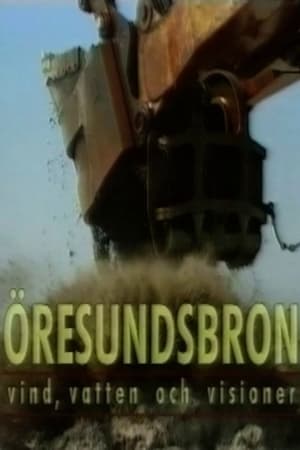 0.0
0.0Öresund Bridge - Wind, Water and Visions(sv)
Partway through the building of the Öresund Bridge this documentary looks at the process for what has been built so far and looks into the future at what opportunities the bridge might bring.
 5.8
5.8Harbour of Hope(sv)
In 1945 Irene, Ewa and Joe were among the nearly 30,000 survivors rescued from German concentration camps to the peaceful harbour town Malmö, Sweden. Here they started life again.
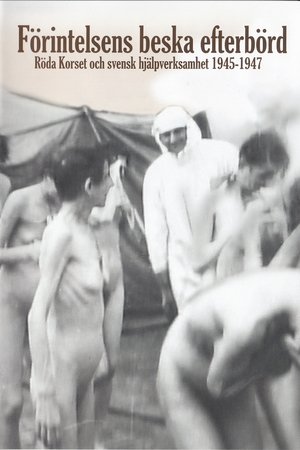 0.0
0.0Förintelsens beska efterbörd - Röda Korset och svensk hjälpverksamhet 1945-1947(sv)
The film starts just when WWII is over. A German ship, m / s Homberg, arrived at Malmö Nyhamn on May 11, 1945. On board there were over 1300 former concentration camp prisoners to be taken care of. We then follow one of the Red Cross Sergeant who was in Germany and received prisoners from concentration camps for further transport by boat to Sweden. 10000 prisoners would be decontaminated and made ready for departure. This happened in Lübeck. He was later moved to Poland to transport medical equipment to Otwock outside Warsaw where Sweden would build a hospital. Through his amateur photos we get an insight into the difficult circumstances that prevailed.
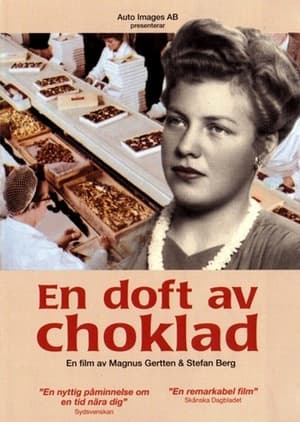 0.0
0.0A Scent of Chocolate(sv)
Documentary about Margit Nielsen and her work at the Malmö chocolate factory.
 0.0
0.0Walk on water(sv)
An often humorous documentary about the building of the Öresund bridge, connecting Copenhagen in Denmark to Malmö in Sweden. We meet the people who work on production of the bridge, as well as opponents to the idea of such a bridge.
 0.0
0.0The Three Failures(en)
A fairy tale about communism, social-democracy, and capitalism. (The sequel to Wandering Marxwards)
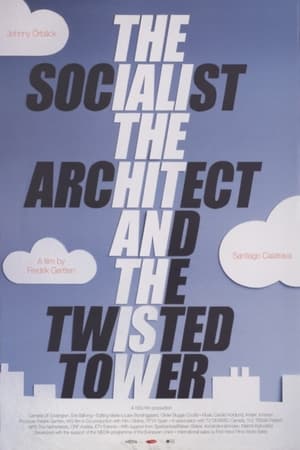 0.0
0.0The Socialist, the Architect and the Twisted Tower(en)
A dramatic, behind-the-scene-story about the building of Santiago Calatravas Turning Torso in Malmö. A 190 meter high, twisted residential building which was appointed "worlds best residential building project" at Mipim in Cannes, 2005.
 5.2
5.2Blood Sisters(sv)
Julia and Johanna, from the high-rise flats of Rosengård in Malmö, inseparable for as long as they remember. Curled up beside each other at night, carrying equal memories of abduction and abuse in their home country Azerbaijan. In Blood Sisters we follow their journey from twin sisters in symbiosis to young women trying to stand on their own feet.
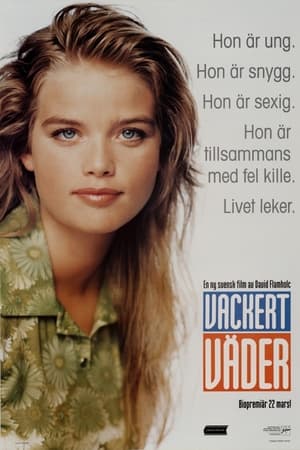 1.0
1.0Beautiful Weather(sv)
Daniel, a teenager from Stockholm, spends the summer in Malmö with his mother and her new husband. Daniel gets a job at McDonald's and falls in love with a girl.
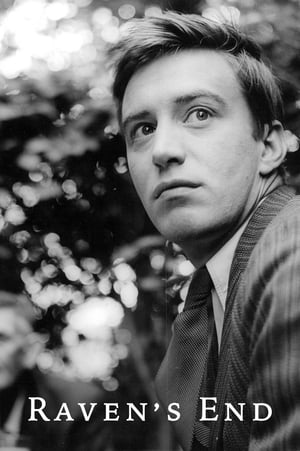 7.0
7.0Raven's End(sv)
In 1936 Sweden, a teenager drifts through life in his small town, hoping that a novel about the neighborhood he grew up and lives in will reverse the fortunes of his family.
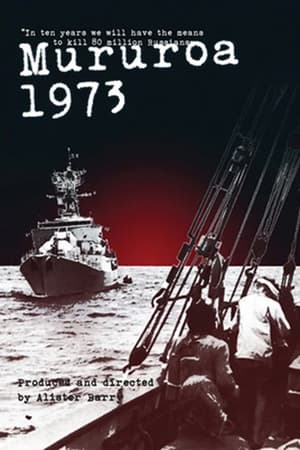 0.0
0.0Mururoa 1973(en)
In 1973 Alister Barry joined the crew of a protest boat (The Fri) to Mururoa Atoll, where the French Government were testing nuclear weapons. Barry records the assembly of the crew, the long journey from Northland, and their reception in the test zone; when The Fri was boarded and impounded by French military he had to hide his camera in a barrel of oranges.
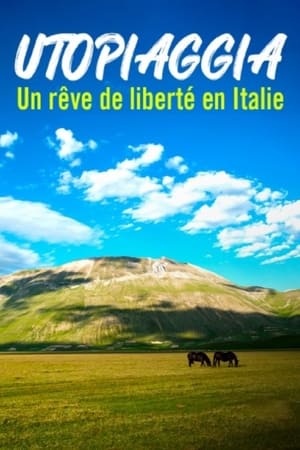 0.0
0.0Utopiaggia - Un rêve de liberté en Italie(fr)
At the beginning of the 1980s, a group of Germans ventured into a social experiment: in the remote hills of Umbria, they founded a self-sufficient community beyond consumerism and bland gainful employment. After 40 years, the rural commune still exists. Not all the plans have come to fruition over the years. How are the dropouts doing today?
 0.0
0.0A Norman Rockwell Christmas(en)
Could there ever really be a Christmas without Norman Rockwell? For three generations, America's most beloved and popular artist treated us with his inspiring, fun-loving and wonderfully optimistic portraits of American life. To Rockwell, people were at their best during holidays and Christmas was certainly his favorite. Join Eddie Albert and Ross Malinger (TV's Good Advice) as they host this nostalgic, heartwarming look at the illustrious world of Norman Rockwell. With the help of the magnificent 170 voices of the world famous Pacific Chorale, you'll experience these Christmas scenes springing to life with all the magic and wonder Rockwell originally envisioned. Lift your spirits with this Christmas adventure you'll watch again and again!
Son of South Sudan(en)
Manute Bol stood tall at 7'7. But it's what he stood FOR that defined him.
 0.0
0.0Revolution: A History of the Sports Bra(en)
A history of this vital underclothing, from the Jogbra invented by friends Lisa Lindahl, Hinda Miller and Polly Smith to its biggest moment -- Brandi Chastain's triumphant reveal after the United States won the 1999 World Cup.
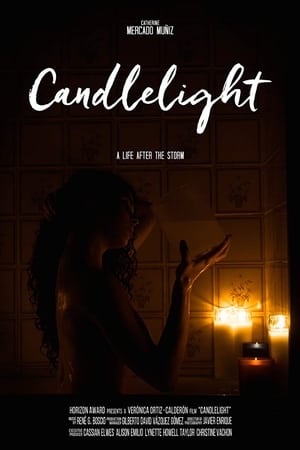 10.0
10.0Candlelight(es)
Nearly four months after the historically devastating Hurricane Maria hit Puerto Rico, only half of the island has power back. “Candlelight” is a journey through the storm’s aftermath and the events that changed Puerto Rico forever. It’s a heartfelt tribute to the resilience of the Puerto Rican people.
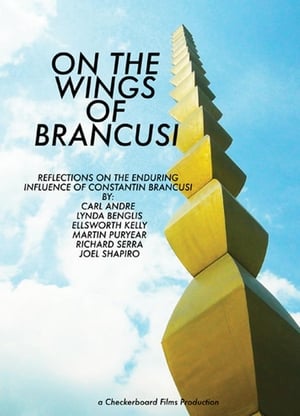 0.0
0.0On The Wings of Brancusi(en)
Constantin Brancusi (1876-1957), the most important sculptor of the first half of the 20th century, has been a fascinating and enduring influence on a generation of contemporary American artists. Insights into Brancusi’s legacy are presented by Carl Andre, Lynda Benglis, Ellsworth Kelly, Martin Puryear, Richard Serra, and Joel Shapiro, with additional commentary on Dan Flavin, Donald Judd, Roy Lichtenstein, Isamu Noguchi,and Claes Oldenburg. In 1995, Anne d’Harnoncourt, Director Emeritus of the Philadelphia Museum of Art, asked Checkerboard to document the PMA’s acclaimed retrospective on Brancusi for the Museum’s archive. The resulting footage became the genesis of the documentary.
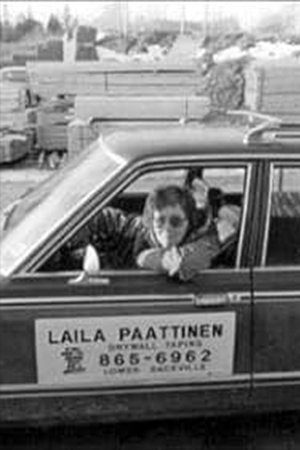 0.0
0.0Laila(en)
Laila Paattinen is a working woman. Tired of low-paying jobs, she completed a five-month course in dry-wall installation. Because she had chosen a non-traditional job for women, she ran into resistance in the marketplace. She finally solved her problems by opening her own dry-wall application business. A useful film for women seeking non-traditional jobs.
